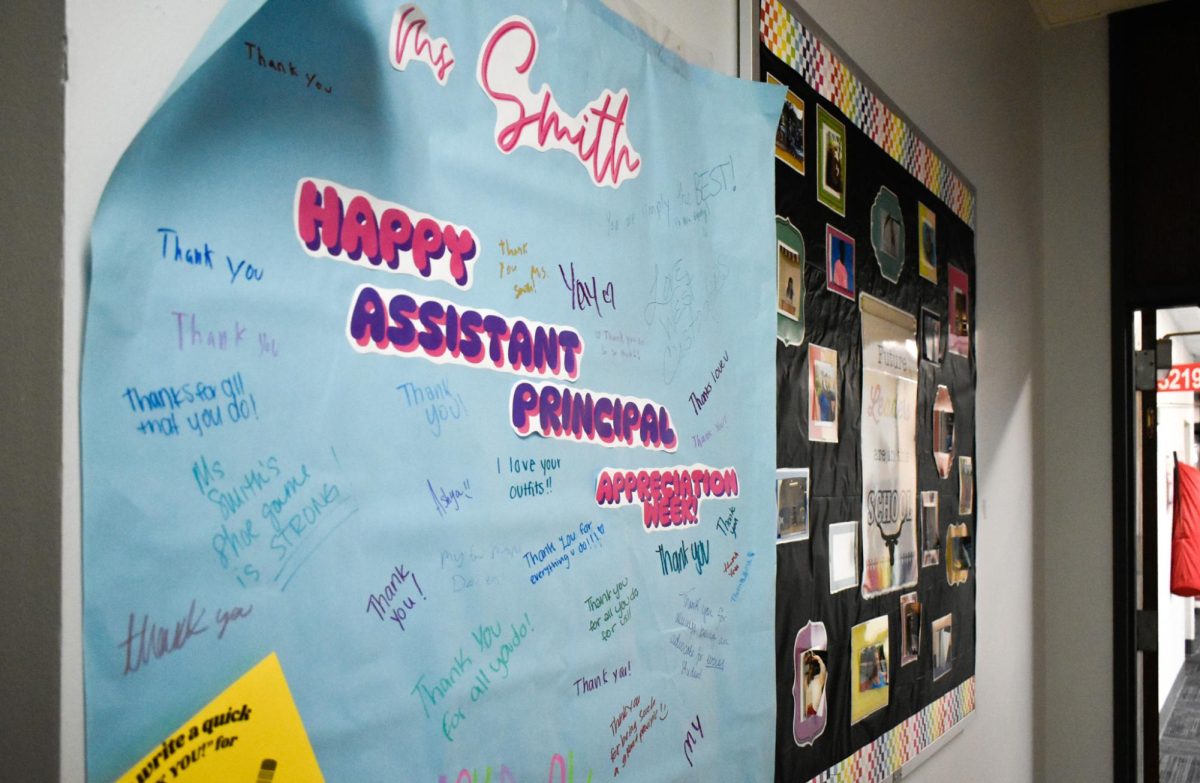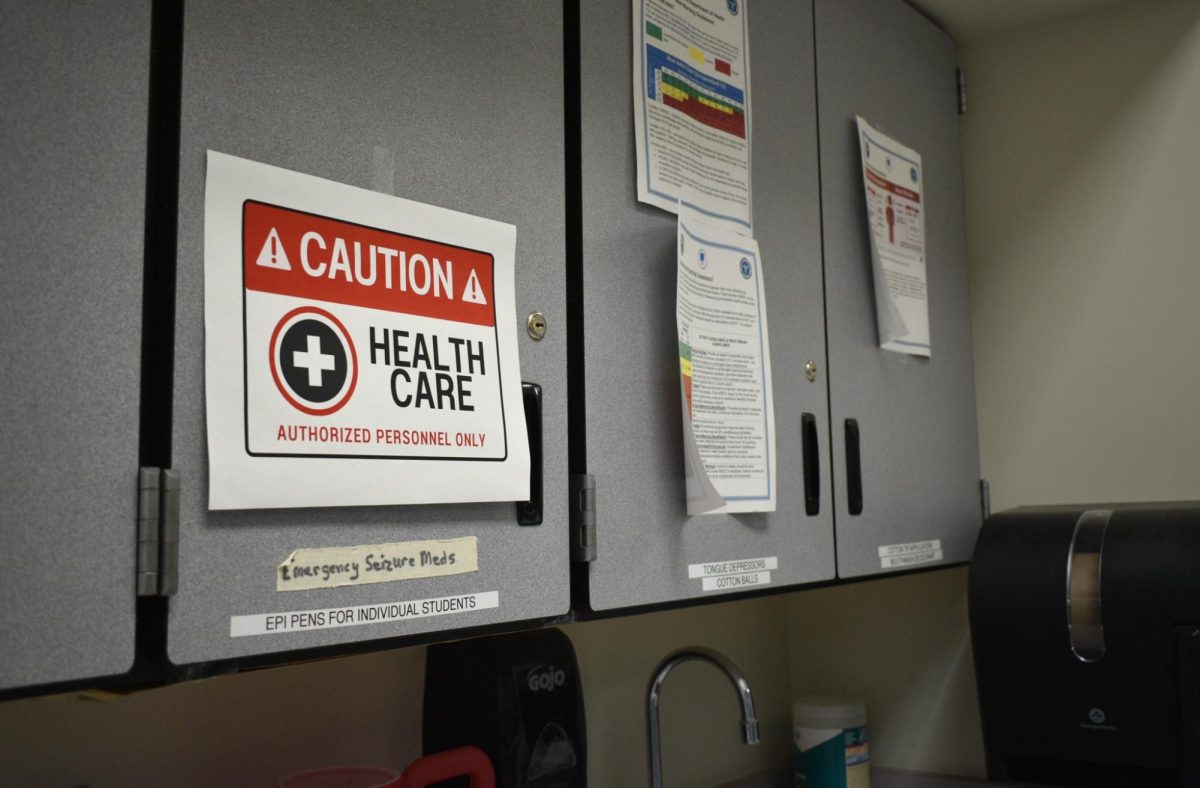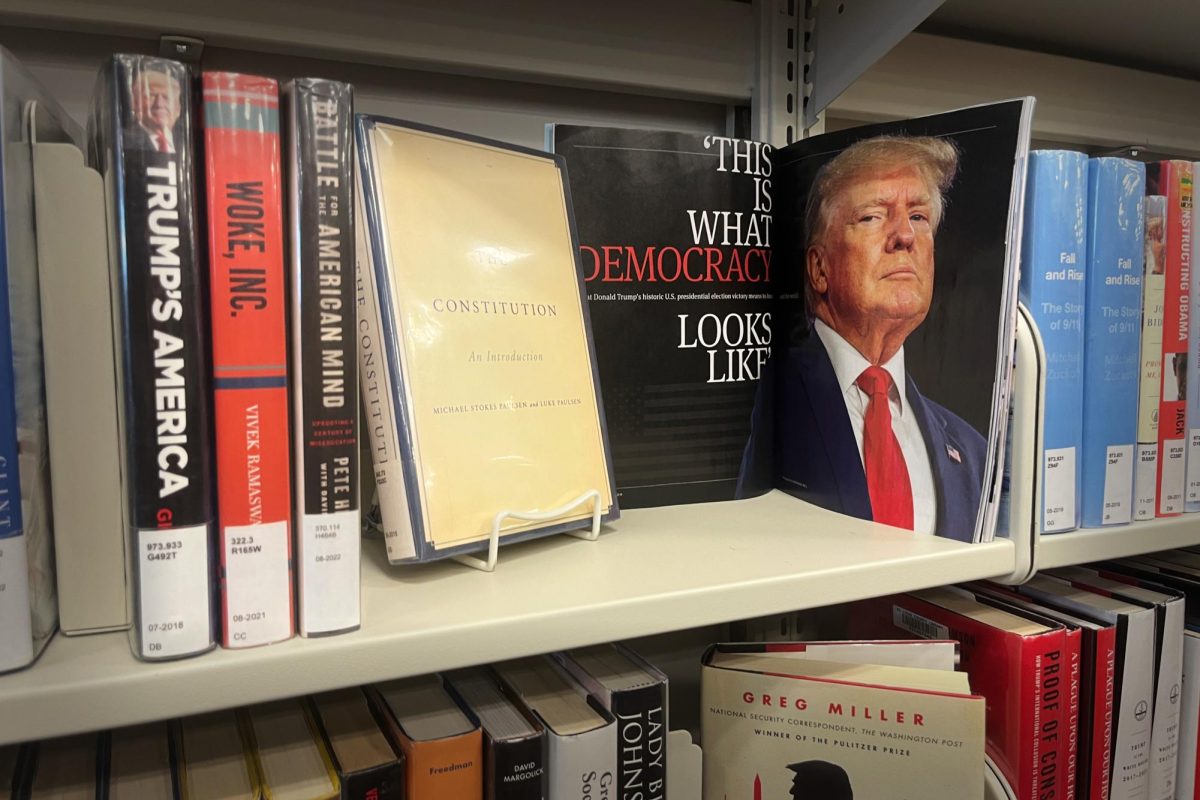When it comes to the happenings of the world today, people have two choices, to seek information and be informed or to turn a blind eye forward. While newscasters and reporters can bid good-day to the latter, it’s up to them to inform and answer the questions of the former.
However when it comes to seeking information, a grey area appears: people want to know what’s up in the world but are shocked and disturbed by what they find; especially when the incident can be seen instead of read. It’s a sad fact that, in today’s world, there are crimes being committed, wars being fought and acts of cruelty that news-goers would care to know about, but not be privy to the scenes of savagery that the news articles depict of them. And when the blunt reality of news clashes with viewer sensitivity, conflict arises.
This issue came to light when the St. Louis Post-Dispatch, covering the tragedy at the recent Boston Marathon, took heat for using a picture depicting the bloody scene of the aftermath on their Facebook page with the carnage plain to see and no amount of censorship.In an article for the same website, the editors of the Post-Dispatch steadfastly defended their choice of picture use.
“The bombings violated the public sanctity and safety. The photo that the Post-Dispatch published online and then on the front page today depicts an image and public threat that cannot be denied,” St. Louis Post-Dispatch Editor in chief Gilbert Bailon said.
It is the role of the News industry to relay information to the public as informatively and as honestly as possible. Its job is only hindered when an article is forced to mince words or to refrain from using a photo that’s just “too shocking” for the public. It’s the events of the real world that make the news and censoring what happened in the news only serves to throw a tarp over the blunt realities of such stories as 9/11, the war in Iraq or the Boston Marathon bombing just recently.
There is something to be said for unintentional recipients of the news; namely people who scroll through the news, unaware of what they might find and children too young to be anything but curious. However people with the ability to access the news and open web pages also possess the ability to close pages and distance themselves from news they may be sensitive to. Parents must also take on the responsibility of deciding how aware they would like their children to be of the world they will one day grow up into.
In conclusion, the responsibility of the news industry falls into the hands of the reporters who collect the information that the public will use to be informed of the world today. It is the responsibility of the public to use their judgement and decide whether or not they truly wish to know the details of an event or other new story and it’s up to the reporters to be as genuine as possible and part of being genuine is reporting events as they happen and to avoid bending news to accommodate sensitive and to avoid bending facts to accommodate sensitive viewers.
Disclaimer: The views and opinions expressed in this article are those of the authors and do not necessarily reflect the official position of the Parkway School District.

![Leaning on the podium, superintendent Melissa Schneider speaks to Parkway journalism students during a press conference. Schneider joined Parkway in July after working in the Thompson School District in Colorado. “My plan [to bond with students] is to get things on my calendar as much as possible. For example, being in [classes] is very special to me. I am trying to be opportunistic [meeting] kids [and] being in [the school] buildings. I have all the sports schedules and the fine arts schedules on my calendar, so that when I'm available, I can get to them,” Schneider said.](https://pwestpathfinder.com/wp-content/uploads/2025/09/IMG_5425-1200x943.jpeg)


![Red, white and blue, the American flag holds the values of our democracy. The fight that we once endured has returned, as student journalists and senior correspondents across the country are losing their voices due to government control. “[Are] the White House and [the] government limiting free speech [and] freedom of the press? Yes [they are],” chief communications officer of the Parkway School District and former journalist Elisa Tomich said.](https://pwestpathfinder.com/wp-content/uploads/2025/03/Untitled-design-14.jpg)
![A board in the Parkway West counseling department displays pennants of selective universities. With a wide range of students interested in attending, it’s important that these schools have clear priorities when deciding who to admit. “[Washington University] had the major that I wanted, psychology, philosophy, neuroscience. That's a holistic study of the brain, and [WashU is] the only college in the world that offers that. That's the main reason I wanted to go; I got into that program,” senior Dima Layth said.](https://pwestpathfinder.com/wp-content/uploads/2025/02/Flag-1.png)

![Within the U.S., the busiest shopping period of the year is Cyber Week, the time from Thanksgiving through Black Friday and Cyber Monday. This year, shoppers spent $13.3 billion on Cyber Monday, which is a 7.3% year-over-year increase from 2023. “When I was younger, I would always be out with my mom getting Christmas gifts or just shopping in general. Now, as she has gotten older, I've noticed [that almost] every day, I'll open the front door and there's three packages that my mom has ordered. Part of that is she just doesn't always have the time to go to a store for 30 minutes to an hour, but the other part is when she gets bored, she has easy access to [shopping],” junior Grace Garetson said.](https://pwestpathfinder.com/wp-content/uploads/2024/12/DSC_0249.JPG-1200x801.jpg)

![Senior Sally Peters stands in the history hallway, contemplating her choices in the 2024 United States and Missouri elections on Nov. 5. As a member of Diplomacy Club, Peters has discussed key candidates and issues in contemporary American politics. “[As students], we're starting to become adults. We're realizing how much the policies that are enforced and the laws that make it through the House and Senate are starting to affect us. [Opportunities such as] AP [U.S.Government] and Diplomacy Club [make elections feel] a lot more real,” Diplomacy Club vice president and senior Nidhisha Pejathaya said.](https://pwestpathfinder.com/wp-content/uploads/2024/10/Flag-1-1.png)
![Mounting school pressure can leave many students overworked and overstressed. Schools must give students the necessary resources to help assuage student mental health issues and prevent the development of serious crises. “The biggest thing [schools] can do [to protect student mental health] is offer more time [to do work], like a study hall, or offer more support from teachers so that students don't feel stressed out and can get help in areas that they need,” senior Bhavya Gupta said.](https://pwestpathfinder.com/wp-content/uploads/2024/09/unnamed-4.jpg)